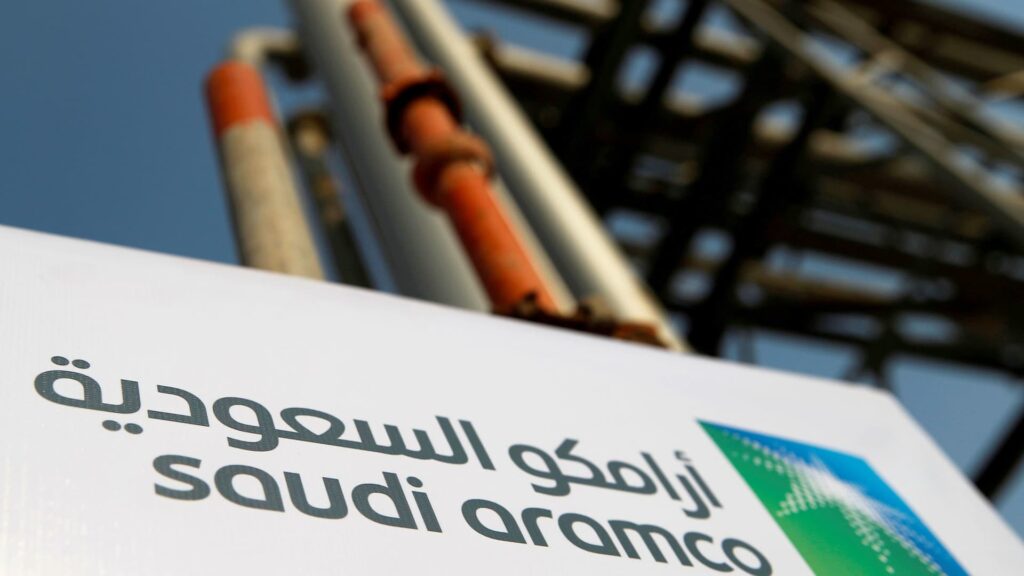Saudi Aramco Eyes Renewable Energy Expansion, Aligning with Vision 2030

Saudi Aramco, the world’s largest oil company, has announced its ambitious plans to expand into renewable energy as part of the kingdom’s broader Vision 2030 initiative. The state-owned energy giant is pushing for significant investment in carbon-neutral solutions, including green hydrogen, wind, and solar power, marking a shift from its traditional role as a major oil producer.
This strategic pivot comes as Saudi Arabia seeks to diversify its economy away from oil dependence and meet its carbon neutrality targets by 2060. Aramco’s move reflects the growing global trend towards sustainable energy, with major oil companies now investing in cleaner technologies to remain competitive in a rapidly evolving energy landscape.
Vision 2030 and Economic Diversification
Launched in 2016, Saudi Arabia’s Vision 2030 is an ambitious economic reform plan aimed at reducing the kingdom’s dependence on oil and transforming it into a global hub for renewable energy, technology, and innovation. With the demand for fossil fuels projected to decline in the long term due to climate change commitments, the Saudi government is proactively positioning itself for the future.
Aramco’s foray into renewable energy is a crucial component of this vision. The company plans to invest billions of dollars into low-carbon energy projects, including the production of green hydrogen, which is seen as a key fuel in the global transition to cleaner energy sources. Green hydrogen is produced using renewable electricity, making it an environmentally friendly alternative to conventional fuels.
Investment in Green Hydrogen and Renewables
One of the cornerstones of Aramco’s renewable energy strategy is its investment in green hydrogen. The company has already initiated pilot projects in this area, with plans to scale up production significantly in the coming years. Green hydrogen is expected to play a major role in decarbonizing industries such as steel and cement, where electrification is not a viable option.
In addition to green hydrogen, Aramco is also exploring investments in wind and solar energy projects. Saudi Arabia’s vast deserts and sunny climate make it an ideal location for large-scale solar farms, and the kingdom has set ambitious targets to increase its renewable energy capacity. Aramco’s entry into this sector could accelerate the country’s progress toward achieving these goals.
Challenges and Global Impact
Despite its considerable financial resources and technological capabilities, Aramco’s transition to renewables is not without challenges. The global energy market is highly competitive, with established players in the renewable sector such as Europe’s Ørsted and the U.S.’s NextEra Energy leading the charge. Additionally, the fluctuating price of oil remains a key variable, as higher oil revenues could reduce the immediate financial urgency for Aramco to diversify.
However, the company’s significant move into renewables is likely to have a profound impact on the global energy transition. As one of the world’s largest and most influential energy companies, Aramco’s push toward carbon-neutral solutions could signal a broader shift in the industry. Other oil majors, such as BP and Shell, have also announced similar strategies, but Aramco’s scale and influence may help accelerate the adoption of renewable technologies worldwide.
Saudi Aramco’s renewable energy expansion underscores the evolving nature of the global energy sector, as companies and countries alike strive to balance economic growth with environmental responsibility. As Saudi Arabia moves closer to its Vision 2030 targets, Aramco’s efforts could position the kingdom as a key player in the global shift towards a sustainable energy future.
Stay ahead with ITBusinessNews – Your trusted source for Technology and Business news. Fast & Precise




